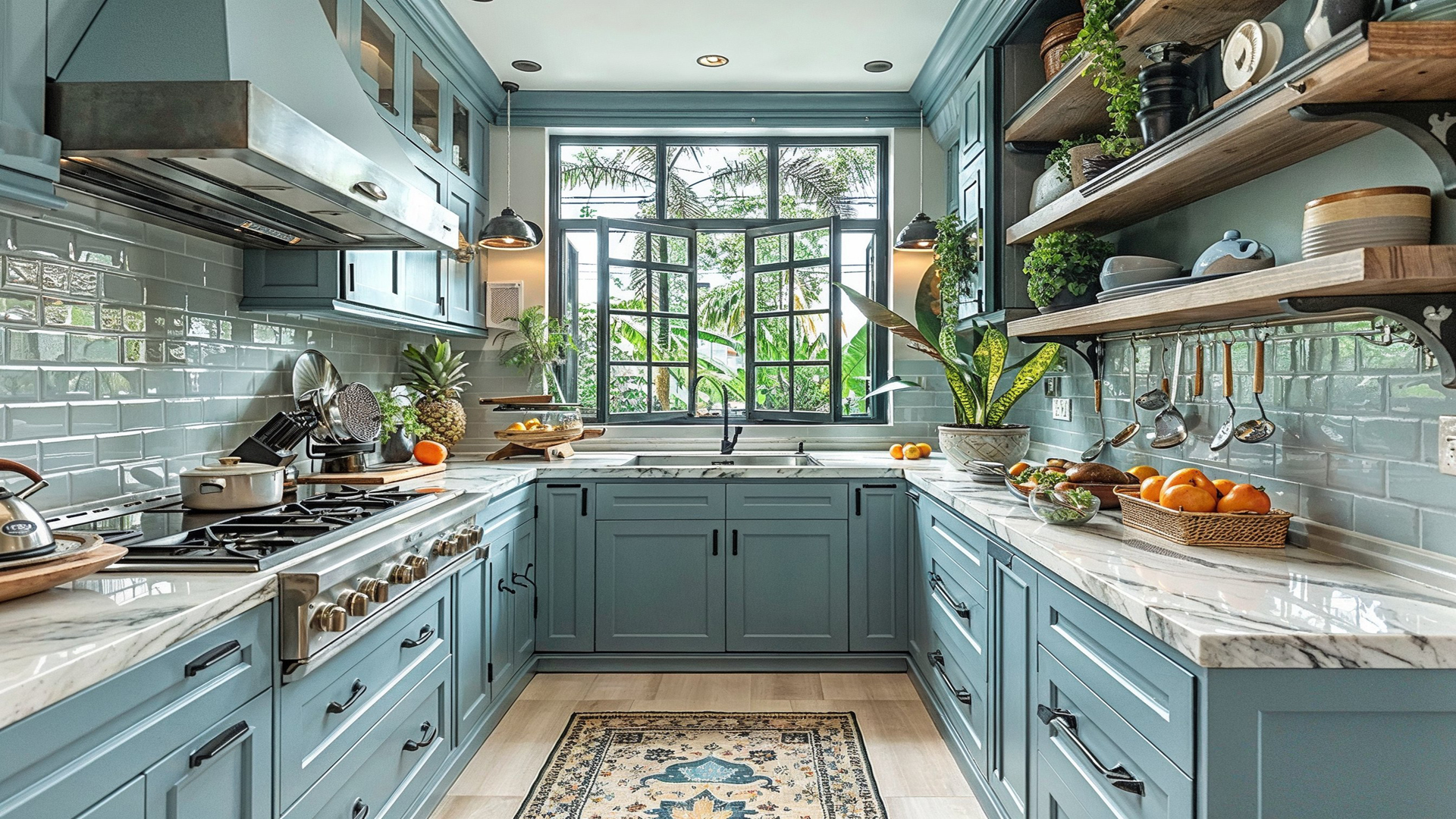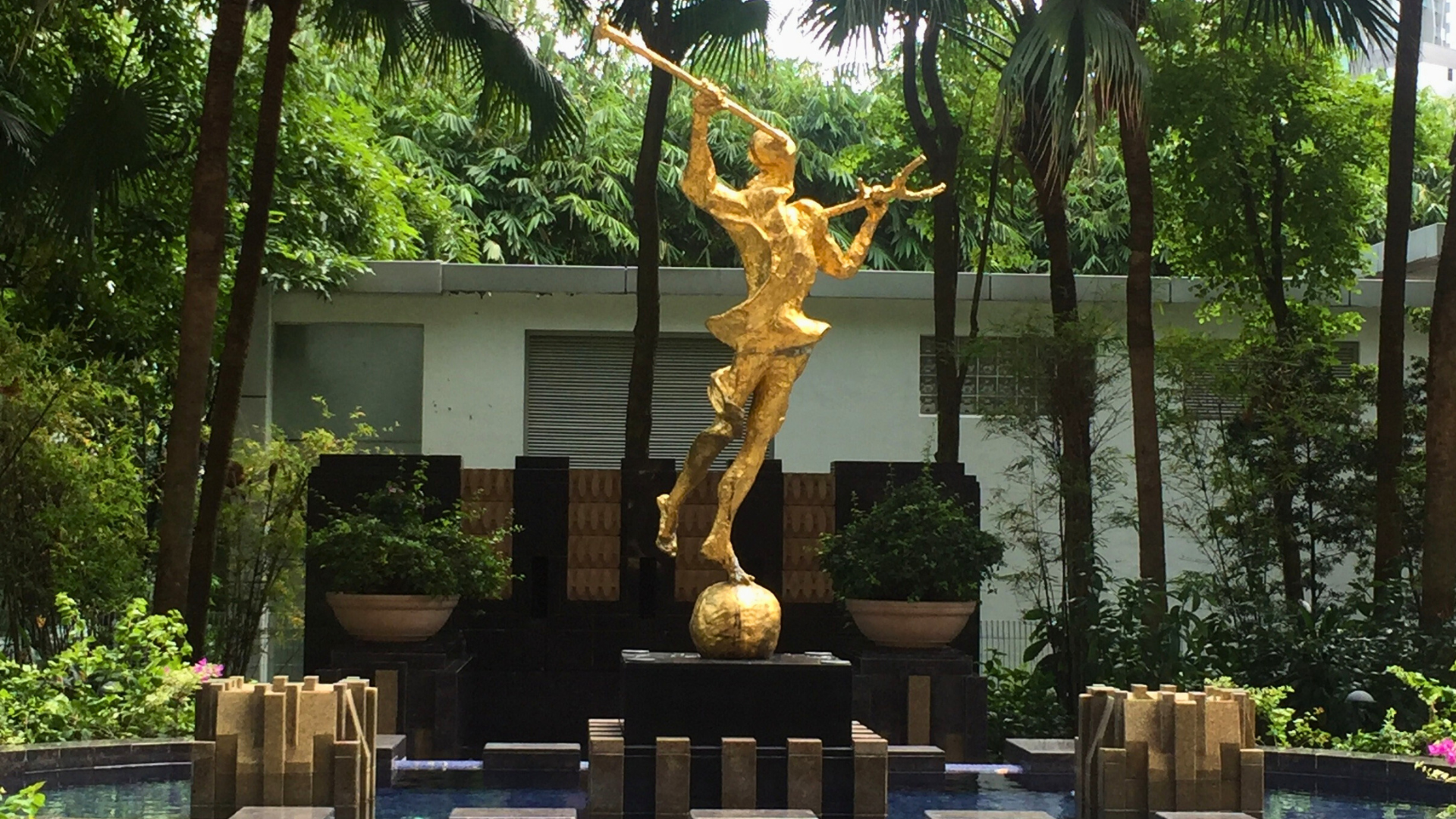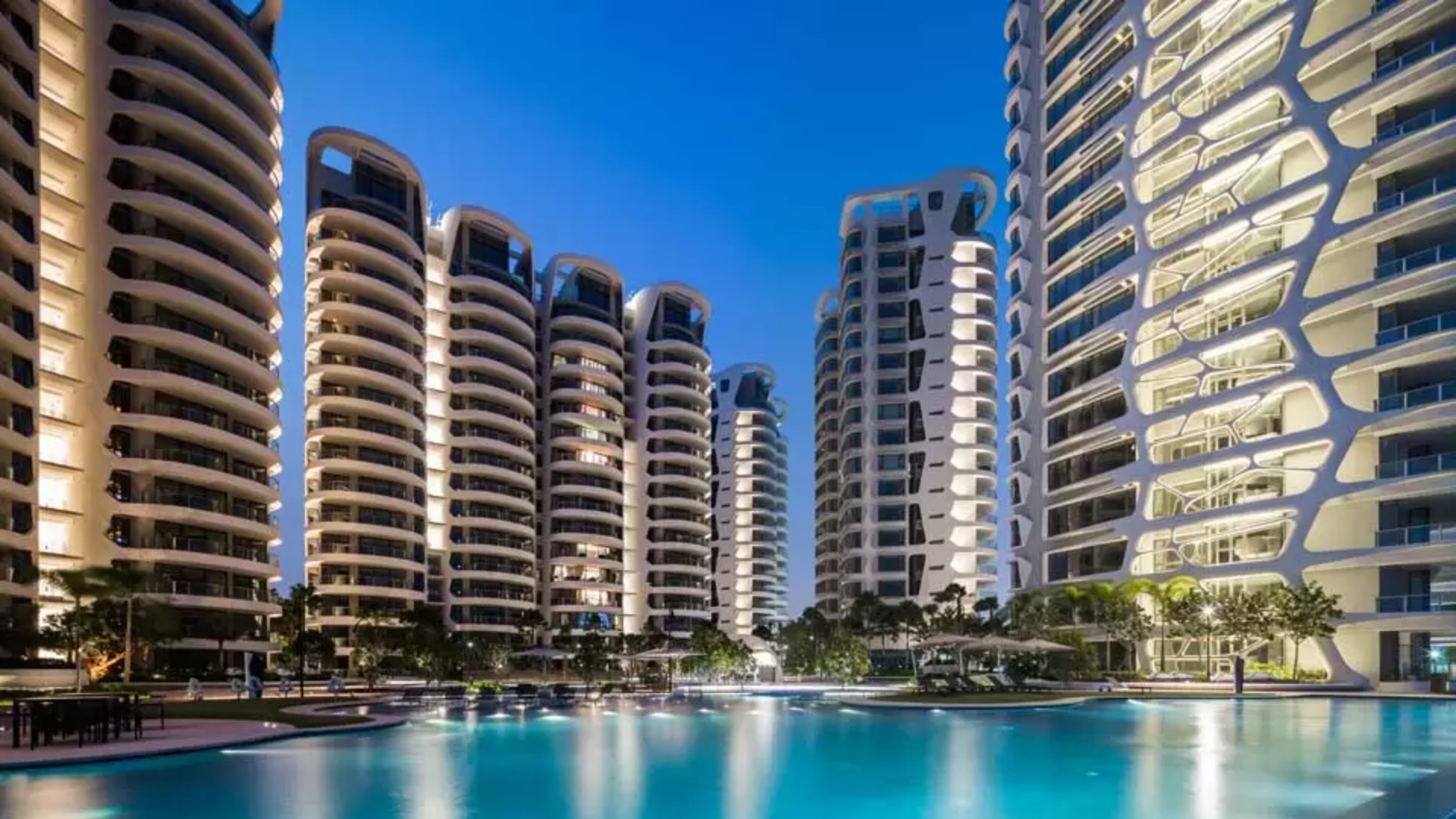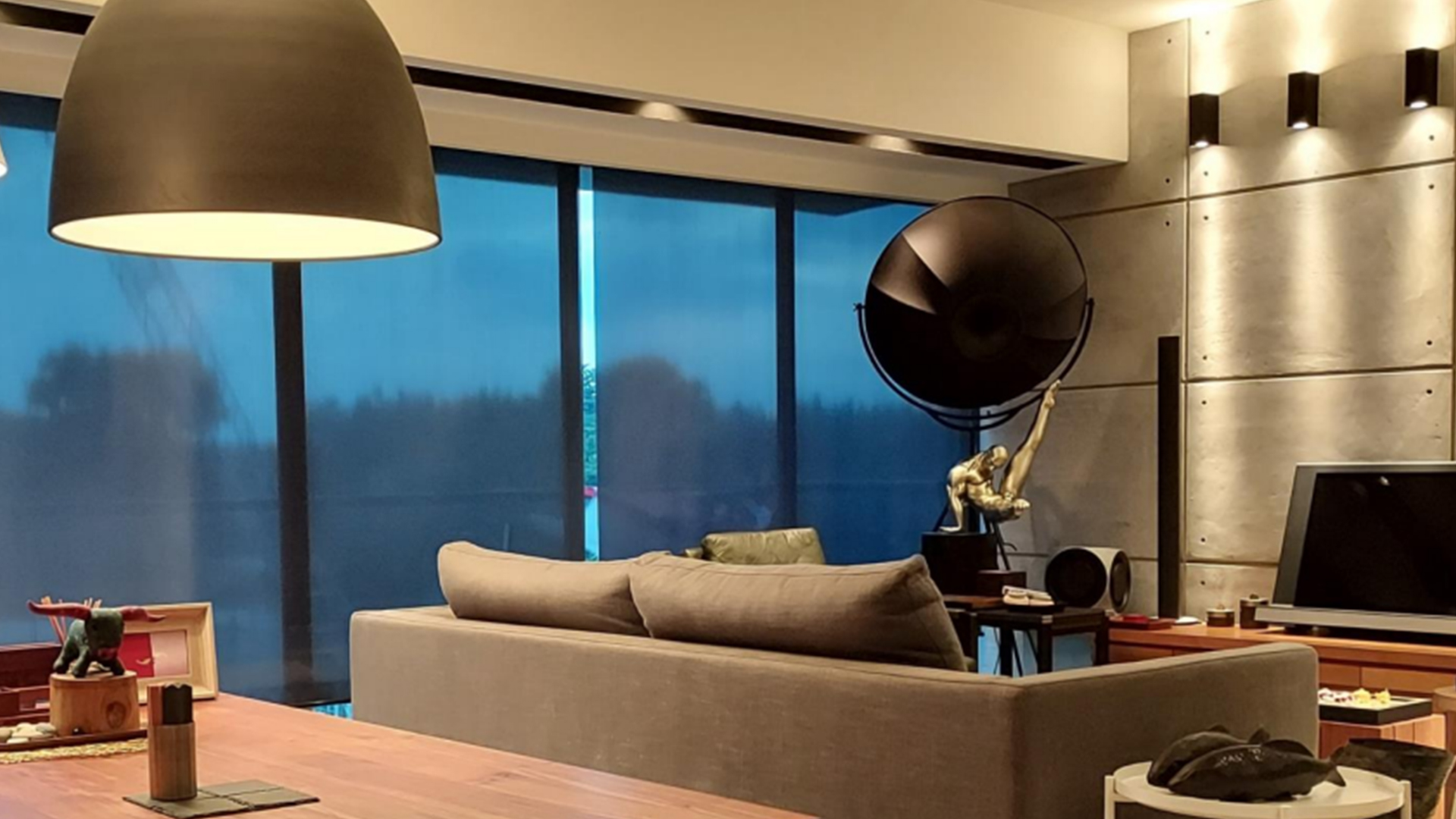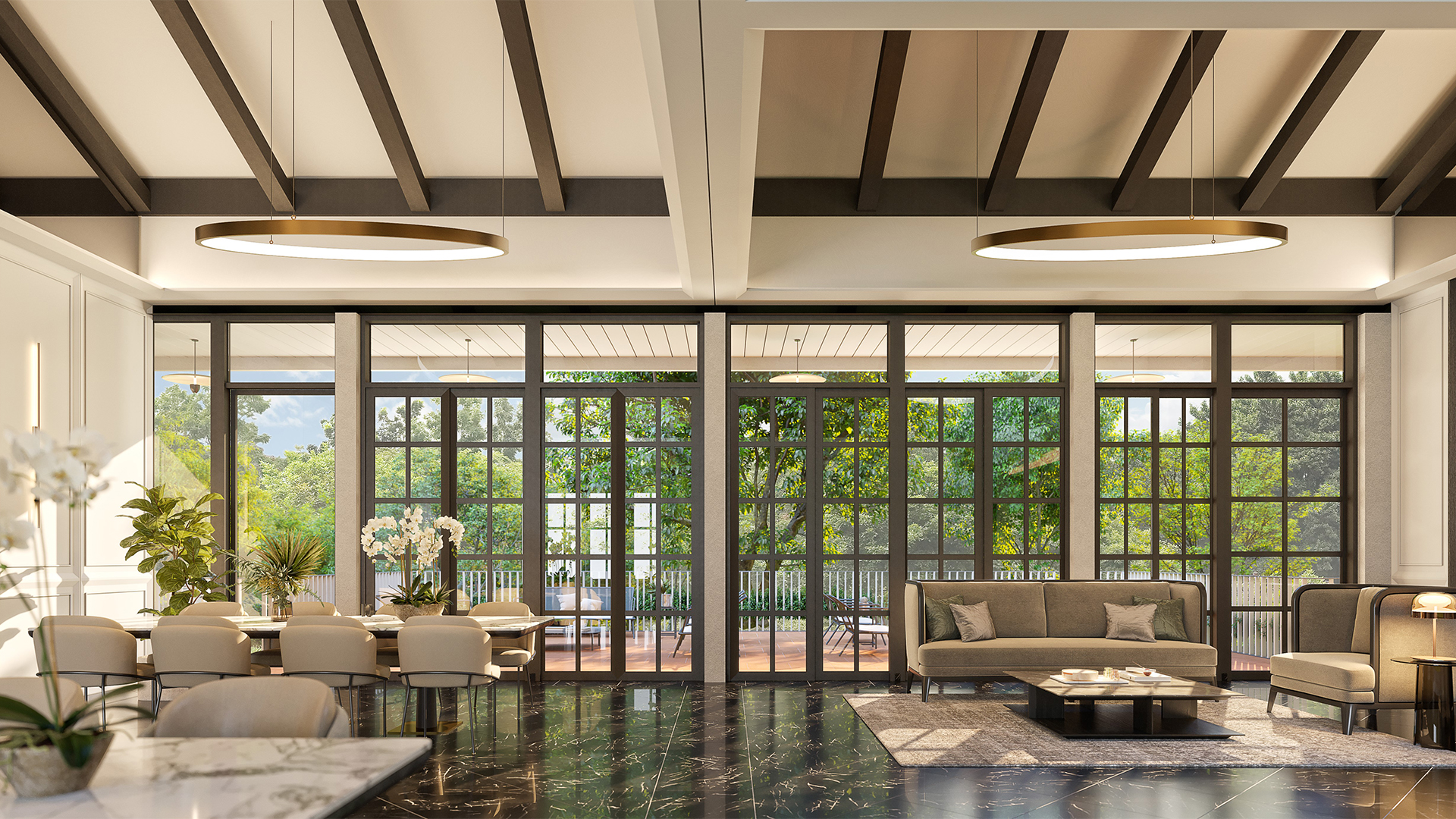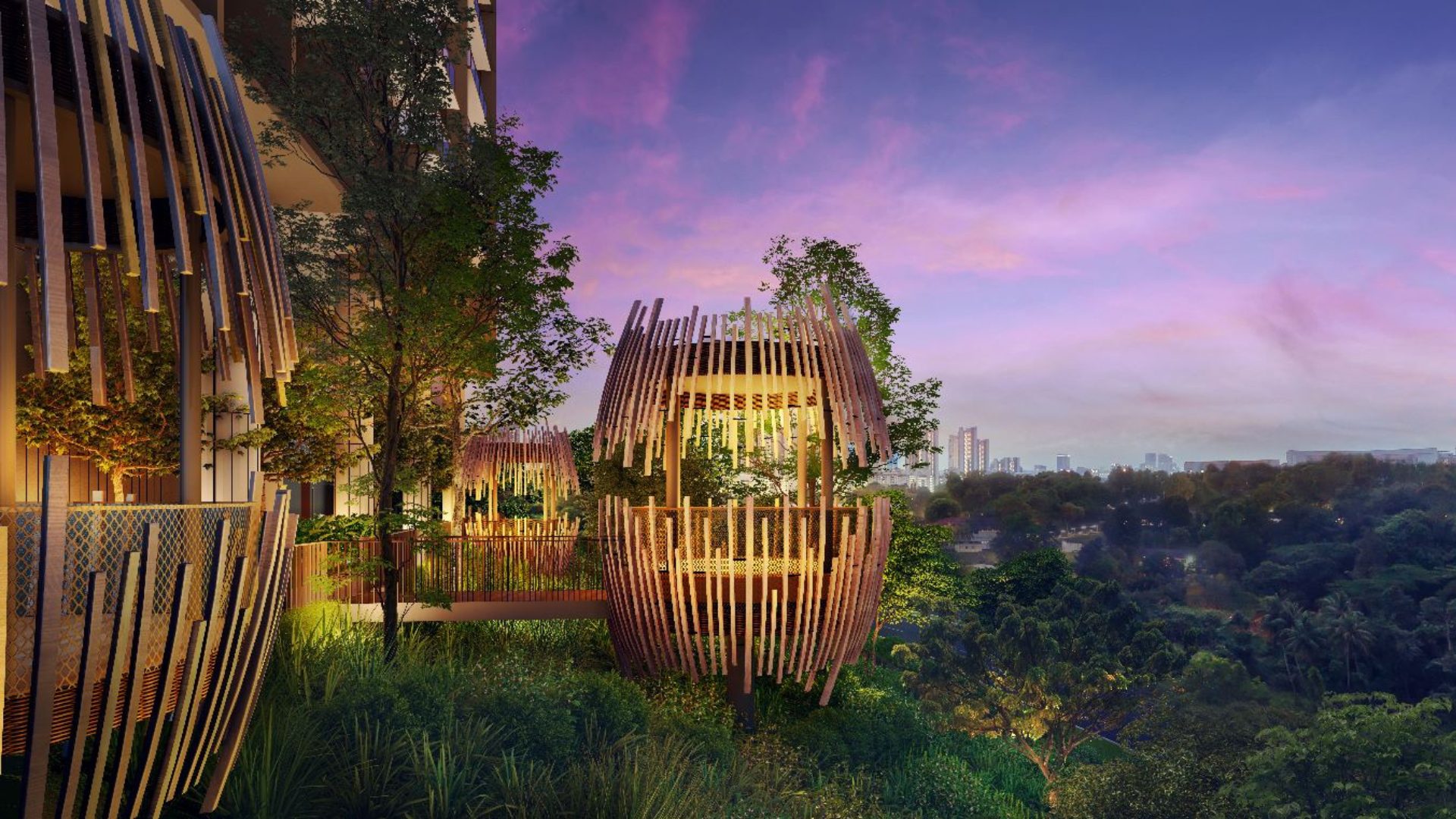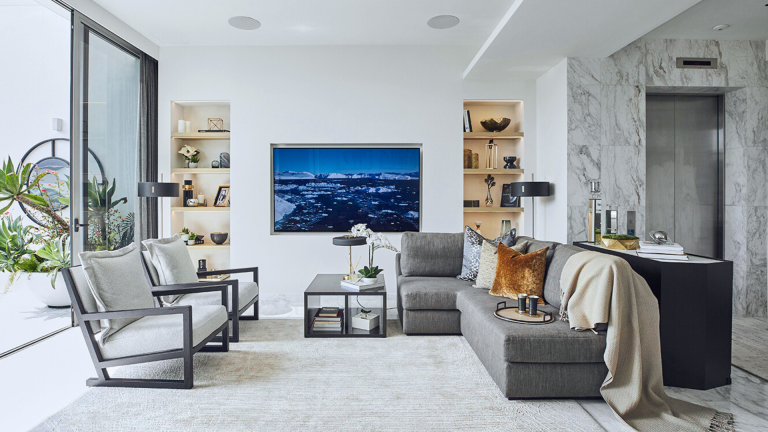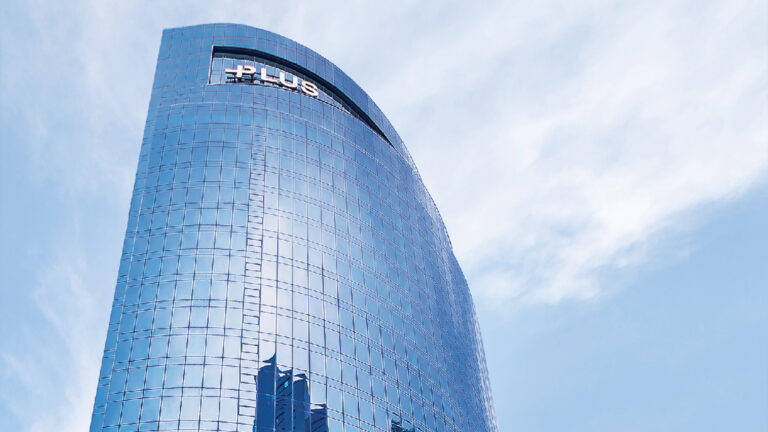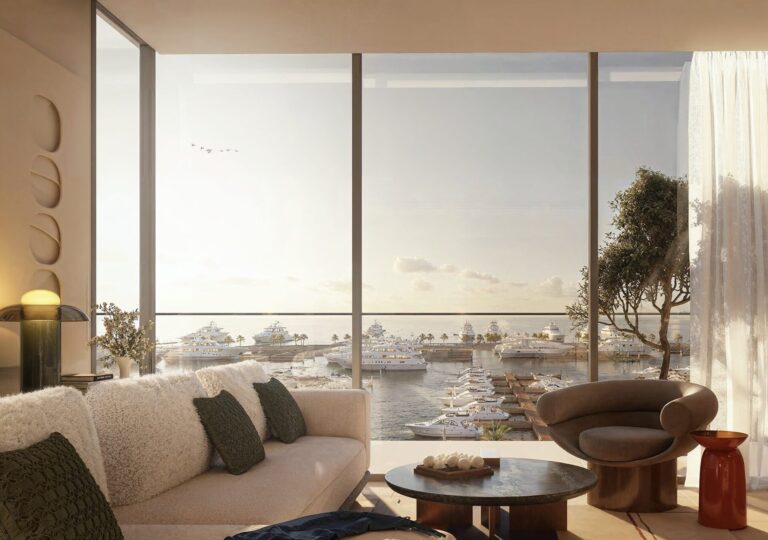|
Getting your Trinity Audio player ready...
|
Singapore’s property market is experiencing a fascinating phenomenon as residents increasingly set their sights on second homes. This trend goes beyond simple investment strategies, revealing a tapestry of diverse aspirations and evolving lifestyles.
Imagine a busy executive transforming into a beach bum on weekends, thanks to a tranquil Sentosa Cove retreat. Or picture a growing family ready to accommodate the pitter-patter of future feet. Some are playing the long game, strategically acquiring properties near elderly parents, anticipating a future where multi-generational living becomes necessary.
This second property boom isn’t just about bricks and mortar; it’s about crafting legacies. Forward-thinking individuals are laying the groundwork for their children’s futures, viewing these additional properties as nest eggs or potential rental empires. It’s a chess move in life, with people positioning themselves for financial security and enhanced quality of life.
This shift reflects a deeper transformation in the Singaporean psyche. No longer content with the traditional narrative of a single-family home, residents are rewriting their stories, chapter by chapter, property by property. It’s a bold statement that says, “We’re not just planning for tomorrow; we’re designing our ideal lives today.
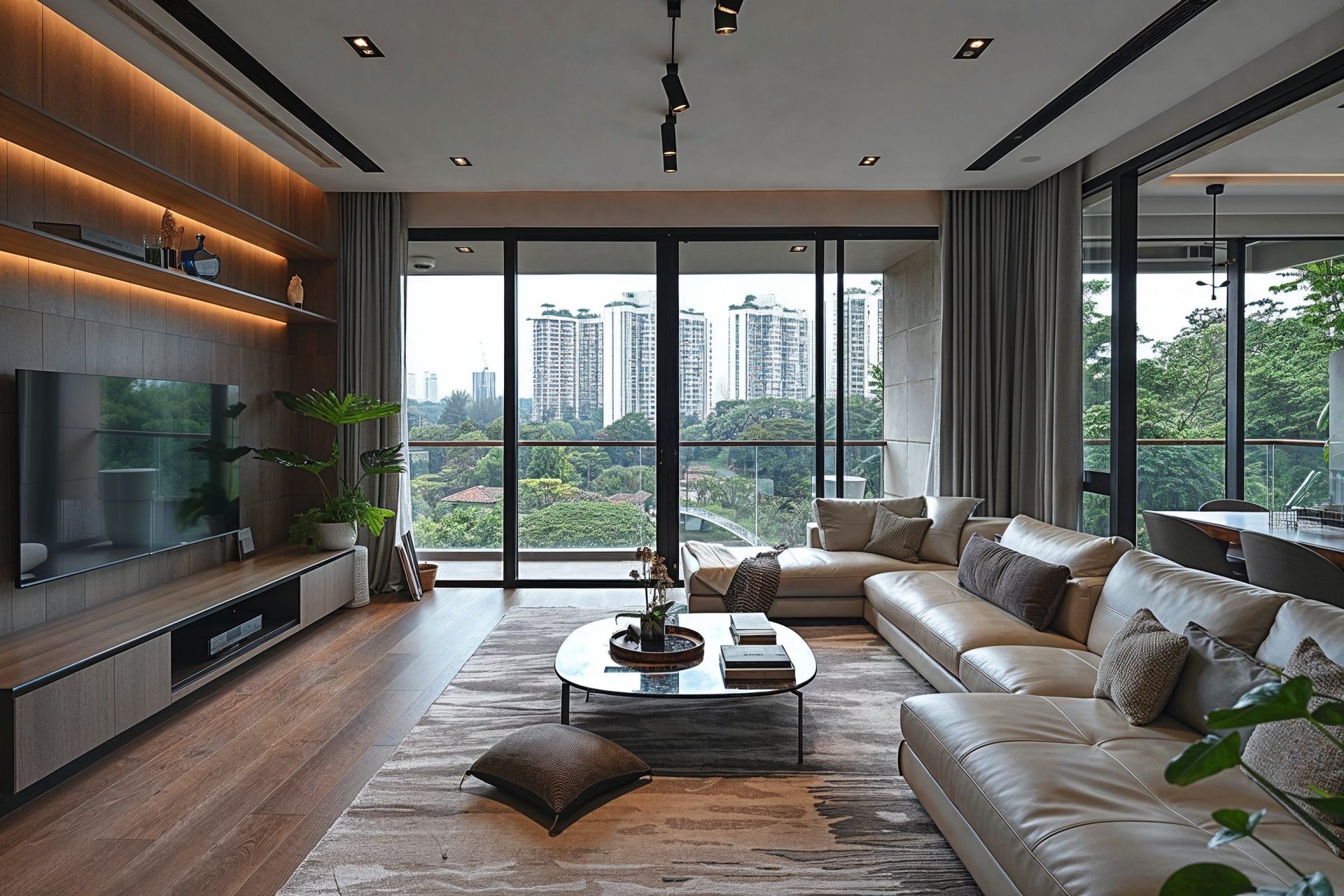

“We’re seeing second home buys that provide a different vibe from a primary residence,” says Sunita Gill, co-founder and COO of Singapore Luxury Homes. “With the contrasting character of each home, the second property provides options for the future.”
Here is a look at the budding second home real estate market and what to expect if you’re looking to upgrade from your current home or simply in the market for investment properties.
Basics of Purchasing Your Second Property
Purchasing a second property in Singapore can be an attractive investment opportunity or a means to acquire a vacation home, but it comes with specific considerations and regulations. It’s crucial to consider the purpose of the second property – whether for rental income, capital appreciation, or personal use – as this will influence the type and location of property to consider.
Investors should also be aware of potential rental restrictions and factor in additional costs such as property tax and maintenance fees. Despite these challenges, a well-chosen second property can provide diversification to an investment portfolio and potentially significant returns in Singapore’s generally appreciating real estate market. Setting realistic goals when considering the purchase of a second home is crucial.
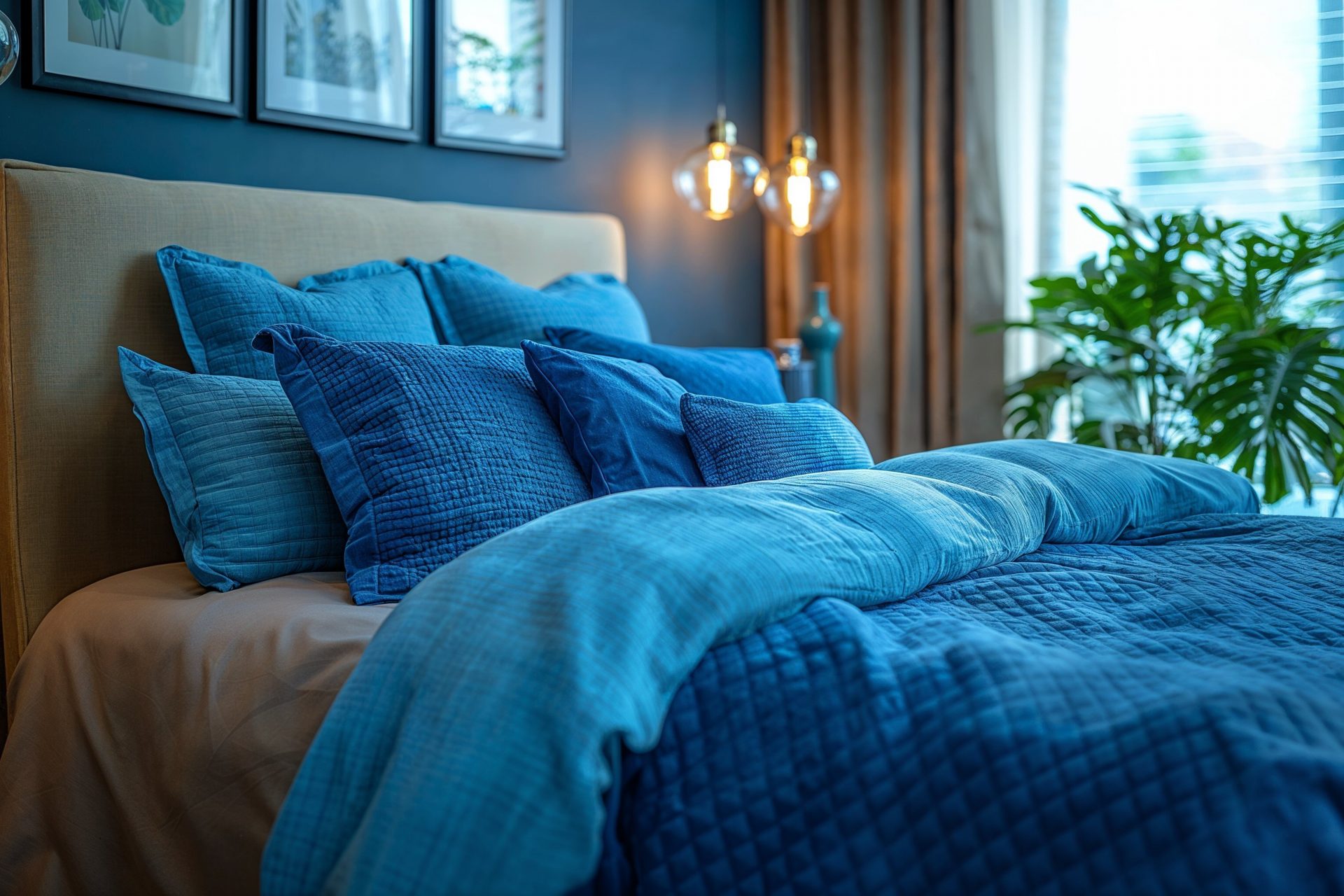

- Start by defining your needs and budget carefully. How do you plan to use the second home: as a rental, an investment property, or a future primary residence? Each purpose has different implications for the location and features of the property.
- Budgeting goes beyond the purchase price. Consider ongoing expenses like maintenance, property taxes and insurance. These can vary significantly depending on the property’s location and amenities.
- Future usage is another critical factor. If you’re planning for the home to become your primary residence eventually, consider factors like the quality of local schools, community services, and healthcare facilities. For a vacation home, consider accessibility and the activities available in the surrounding area.
- Resale value is also essential. Look for properties in areas with stable or growing demand — research historical property values to gauge potential appreciation or depreciation trends.
- Considering renting out the property. investigate the rental market in the desired area. Understand seasonal demand, average rental rates, and local regulations regarding short-term rentals. This will help you estimate potential rental income and decide if the investment aligns with your financial goals.
Considering how the home fits into your broader financial and lifestyle plans, a thoughtful approach is key to setting realistic goals for your second home purchase.
Owning a 2nd Property Is On the Rise for Upgraders
Diving into the second properties arena is becoming a hot trend among upgraders as average wages continue to rise, with aspirations ranging from savvy investment plays to craving a fresh lifestyle or needing extra room for the ever-expanding family.
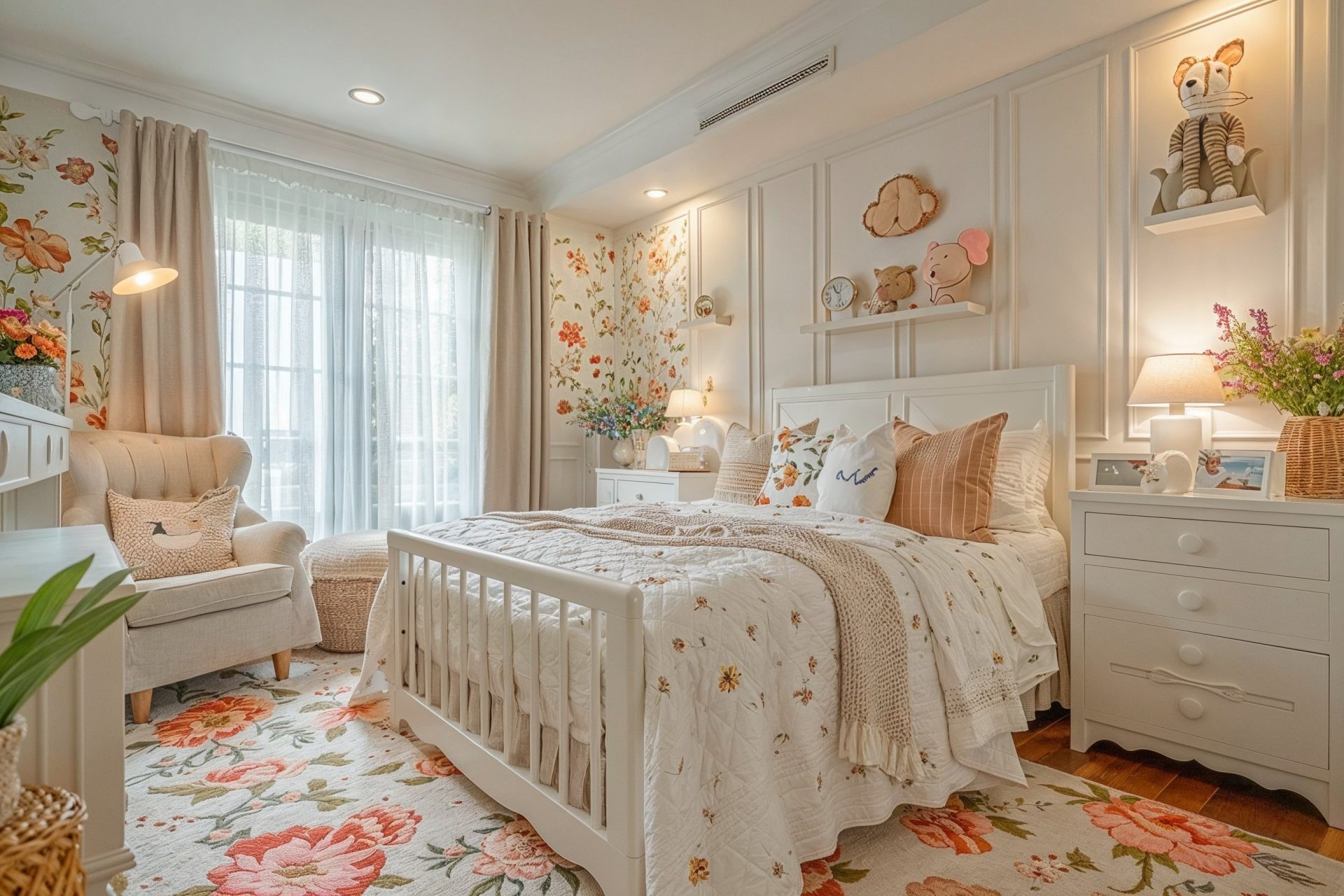

But let’s not sugarcoat it – diving into the second-home pool has its fair share of deep ends. Think the Additional Buyer’s Stamp Duty (ABSD) taking a bite out of your wallet and the tightrope walk of CPF rules for local buyers; the journey is packed with financial and regulatory hurdles.
Yet, the allure of portfolio diversification, lifestyle makeovers, and future-proofing of family space spells a magnetic pull toward buying a second property in Singapore. Navigating this landscape goes beyond the dollar and sense; it needs more than just a map. Team up with a property agent who understands your life’s ambitions and can map out how real estate can be your ladder to those aspirational possibilities.
Before purchasing a second property in Singapore, consider eligibility, especially if your first home is public housing and affordability, given the high costs and additional financial responsibilities like the ABSD, which has increased significantly. Also, consider your investment goals and financial readiness, including the higher cash down payment and Total Debt Servicing Ratio (TDSR) limits for second properties. Planning and clear objectives are crucial for managing the increased financial burden and maximising your investment.
FAQs on How to Buy a Second Property
Can I use my Central Provident Fund (CPF) for a private residence second home purchase?
You can use your Ordinary Account (OA) savings after meeting the Basic Retirement Sum (BRS) requirement and only for the downpayment. You cannot use CPF for renovations, property taxes, or maintenance.
What are the current ABSD Rates for a second home purchase?
Depending on the buyer’s profile, you’ll face a significantly higher Additional Buyer’s Stamp Duty (ABSD) than your first home, ranging from 20 to 65%. Find the most up-to-date information at the Inland Revenue Authority Singapore website.
What happens to my second property if I emigrate?
When you emigrate, your residency status changes from resident to non-resident in Singapore, which could affect your ABSD rates and eligibility rules. As a non-resident, you might face higher ABSD rates if you purchase another property in Singapore. You can still own your existing property, sell it, or rent it out, but the tax implications and rental income tax rates may differ based on your non-resident status. It’s advisable to consult with a property tax professional or legal advisor to understand the specific impacts on your situation.
Can I use my second property as collateral for another loan?
Using your second property as collateral for another loan is possible in Singapore, but there are restrictions. The financial institution will evaluate the property’s value, your loan-to-value ratio, and your ability to repay the loan. Considering the Total Debt Servicing Ratio (TDSR), which governs how much you can borrow based on your income and existing debts, is crucial. Detailed planning and consultation with your bank or financial advisor are recommended to understand how your property can be leveraged for additional borrowing.
How will owning a second property impact my inheritance planning?
Owning a second property can significantly affect your inheritance planning in Singapore. It adds to the value of your estate, which may affect how your assets are distributed among your heirs. There could be potential tax liabilities for your heirs, depending on the value of the property and the total estate. Singapore does not impose estate or inheritance tax; other costs, such as stamp duties for property transfer, may apply. It’s important to include your second property in your will and consider setting up a trust to manage how it is passed on. Consulting with a legal advisor specialising in estate planning is recommended to ensure your wishes are clearly articulated and legally binding.
Can I buy a second property jointly with someone else?
When buying a second property in Singapore with another individual, you have two main ownership options: joint and tenancy-in-common. Joint tenancy implies that all owners have an equal interest in the property, while tenancy-in-common means that property shares are divided among owners, potentially unevenly. Decisions such as selling the property or taking on a mortgage are jointly made, regardless of the ownership type. It’s crucial to understand the implications of both types, especially concerning the right of survivorship in joint tenancy, where the property automatically transfers to the surviving owners upon death. Changing from one type of holding to another is possible but requires legal steps and may be subject to stamp duties.
What if I want to buy a second property for my child's future use?
For buying a second property for your child’s future use, considering a trust or ensuring compliance with Additional Buyer’s Stamp Duty (ABSD) rules is advisable. ABSD rates vary based on the buyer’s residency status and the number of properties owned. For Singapore citizens, the ABSD for a second property is 20%, and for a third and subsequent property, it’s 30%. Transferring property through a trust or as a gift might incur a significant ABSD, particularly if the property is transferred to a living trust, which attracts a 65% ABSD rate upfront. However, certain conditions might allow for a refund from IRAS.
Close Look at Private Property Rental Income
In the last quarter of 2023, Singapore’s private home prices jumped by 2.7%, driven by high prices at new launches despite fewer sales. This increase pushed the yearly growth to 6.7%, which is slower than the previous years, which may indicate a market that has reached its peak. This means the market is getting more stable, and there are lots of new homes available, which could change how much money investors make from renting out or selling these homes in the future.
The Singapore condominium and apartment rental market, evaluated by the number of units and price per square foot, showcases observed variations across different regions, including the Core Central Region, Rest of Central Region, and Outside Central Region, as shown in the table below.
| 2023 (units/psf) | 2022 (units/psf) | 2021 (units/psf) | 2020 (units/psf) | 2019 (units/psf) | 2018 (units/psf) | |
| Core Central Region | 71,631 $4.86 | 81,386 $4.03 | 88,892 $3.33 | 83,069 $3.19 | 84,093 $3.18 | 79,354 $3.14 |
| Rest of the Central Region | 16368 $5.77 | 18142 $4.78 | 21,310 $3.93 | 21,949 $3.76 | 21399 $3.73 | 19,540 $3.70 |
| Outside Central Region | 17,359 $4.84 | 20004 $4.01 | 25620 $3.25 | 25816 $3.02 | 25392 $2.98 | 23093 $2.94 |
Source: EdgeProp Market Trends Data
The highest percentage increase in rental price per square foot (psf) from 2018 to 2023 is observed in the Outside Central Region (OCR), with a 64.63% increase. This is followed closely by the Rest of Central Region (RCR) with a 55.95% increase and the Core Central Region (CCR) with a 54.78% increase.
Rental Considerations
Property Taxes for Second Homes
In Singapore, property taxes for condos and landed properties are determined by the property’s Annual Value (AV) and applicable specific tax rates rather than directly by the property type or size. The AV, set by the IRAS, reflects the estimated annual rent the property could earn and considers factors such as location, size, and market conditions. This approach means that a high-end condo in a desirable area may attract higher taxes than a larger landed property in a less central location due to its higher AV.
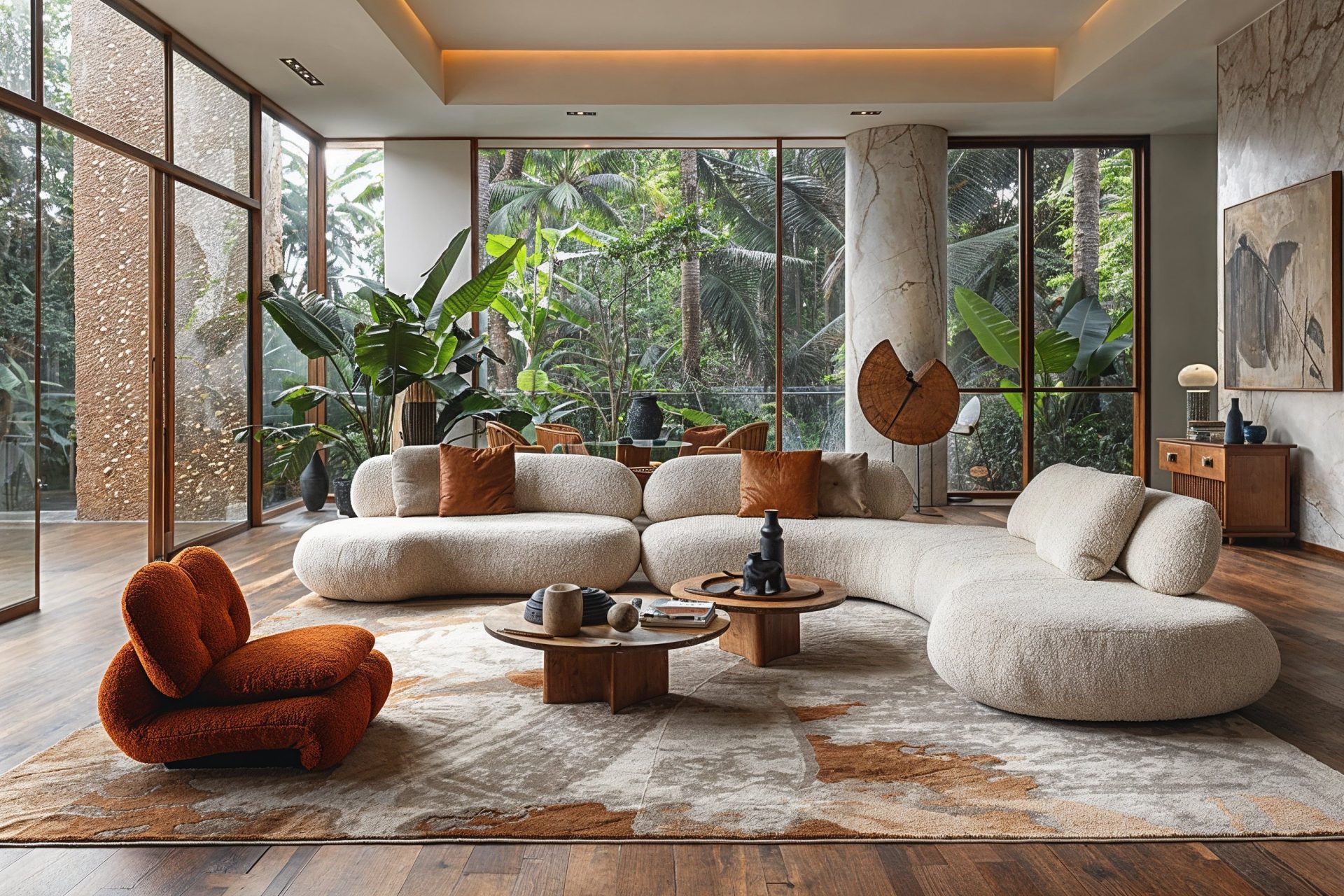

This table provides a glance at how AV property tax rates vary between different types of residential properties and their usage in Singapore, helping homeowners and investors understand their tax obligations:
| Owner-Occupied (2024) | Non-Owner-Occupier Residential (2024) |
| First $8,000, 0%
Next $22,000, 4% | First 30,000, 12%
Next $15,000, 20% |
| First $30,000, –
Next $10,000, 6% | First $45,000, –
Next $15,000, 28% |
| First $40,000, –
Next $15,000, 10% | First $60,000, –
Above $60,000, 36% |
| First $55,000, –
Next $15,000, 14% | |
| First $70,000, –
Next $15,000, 20% | |
| First $85,000, –
Next $15,000, 26% | |
| First $100,000, –
Above $100,000, 32% |
Key Points:
- Owner-Occupied Properties: These are residential properties where the owner lives. The tax rates are progressive, starting from 0% for the first $8,000 of AV and going up to 26% for AV above $90,000 by 2024.
- Non-Owner-Occupied Properties: These include rented or vacant properties. The tax rates are significantly higher, starting at 11% for AVs up to $30,000 and reaching up to 36% for higher AVs, reflecting the government’s approach to tax wealthier property owners at higher rates.
- Commercial and Industrial Properties: These properties are taxed at a flat rate of 10% of the AV, regardless of occupancy status.
- Annual Value (AV): This is determined based on market rentals of similar or comparable properties and may vary from year to year.
Ways to Finance the Purchase of A Second Property
Financing the purchase of a property requires a strategic approach, understanding the various options available and how they align with your financial situation. We breakdown common financing methods and considerations for buyers below.
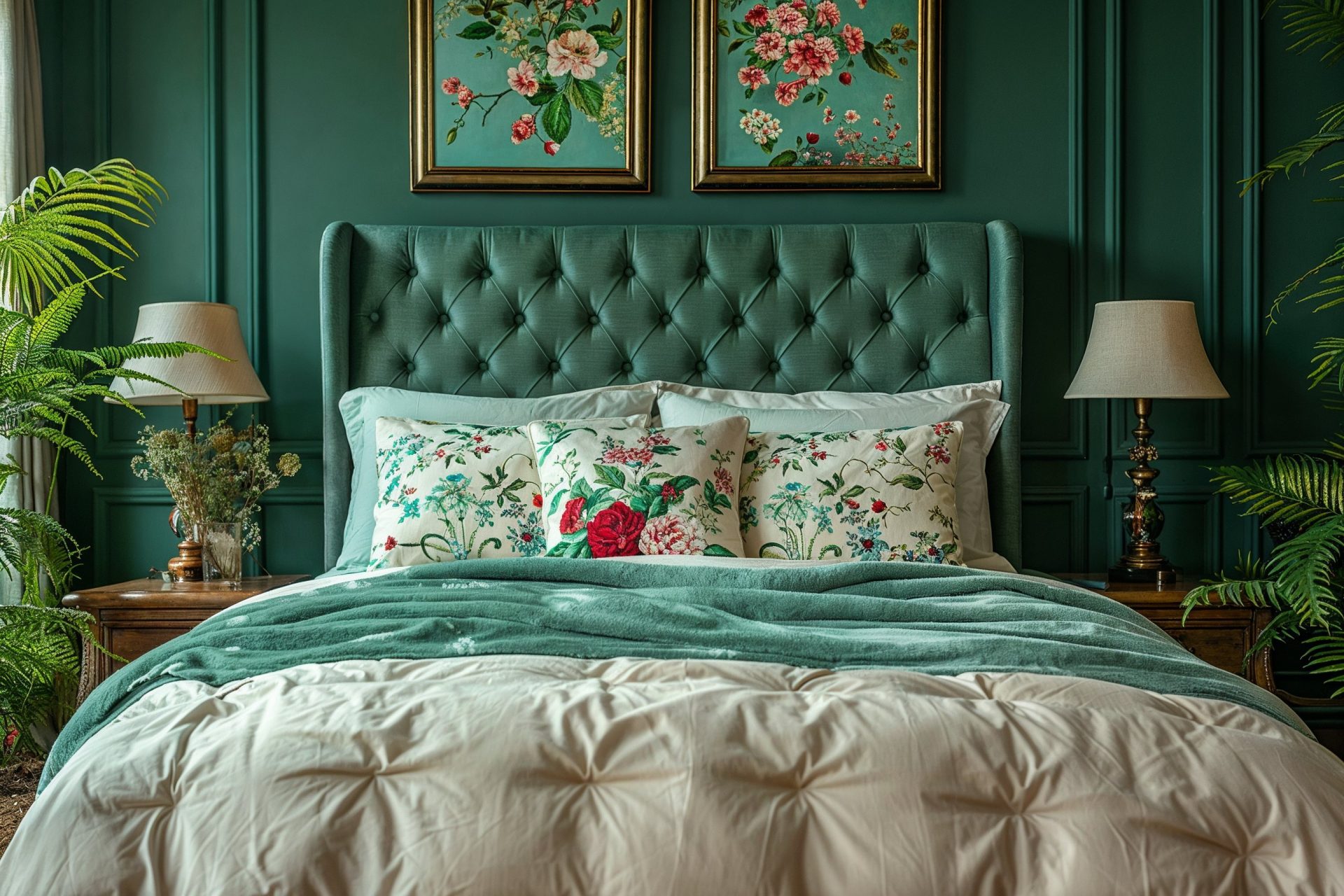

- Central Provident Fund (CPF) Utilisation: In Singapore, buyers can use their CPF savings to finance the purchase of a home. This can cover down payments, monthly mortgage payments, and other related costs. Understanding the rules and limits on using CPF savings for property purchases is vital, as these funds also serve retirement needs.
- Bank Loans: Securing a mortgage from a bank is a common method of financing. Interest rates, loan terms, and the loan-to-value (LTV) ratio are critical factors to compare. Fixed-rate mortgages offer repayment stability, while variable-rate mortgages may provide lower rates initially but carry the risk of rate increases over time. Pre-approval can give you a clear idea of your budget.
- Additional Buyer’s Stamp Duty (ABSD): The ABSD is a tax imposed on certain property purchases, varying by buyer profile, such as first-time buyers, citizens, permanent residents, foreigners, and entities. Its impact on your purchase cost can be significant, particularly for investment properties or second homes. Understanding the ABSD rates applicable to your profile can help you accurately budget the total acquisition cost.
For different buyer profiles, these financing options come with varying implications. First-time buyers may benefit from lower ABSD rates and higher LTV ratios, making property acquisition more accessible. Investors or those purchasing second homes must account for higher ABSD rates, affecting overall investment viability and requiring more substantial upfront capital.
Buying a second property in Singapore is the most significant investment of their lives for most Singaporeans. And yet, many embark on a search without doing their homework first. In a housing market where inventory is tight, and interest rates are high, the best way for buyers to get a leg up is to educate themselves on the many elements of a home search. These include how much you’ll need to pay your broker, what will be involved in the loan application process and understanding the different kinds of homes available.
At Singapore Luxury Homes, we can tailor your financing strategy to your buyer profile to help you optimise your investment and ensure financial sustainability.
Why Work with a Trusted Agent
Finding second properties involves tapping into a network of real estate professionals who can access properties not listed on the open market. Engaging with experienced agents who specialise in finding that perfect second home aligned with your financial goals from a long-term home for your family or as an investment property.
Leverage the expertise of seasoned real estate agents like our team at Singapore Luxury Homes for off-market opportunities, providing advice and market research critical strategies for identifying and capitalising on second property investments in Singapore.

